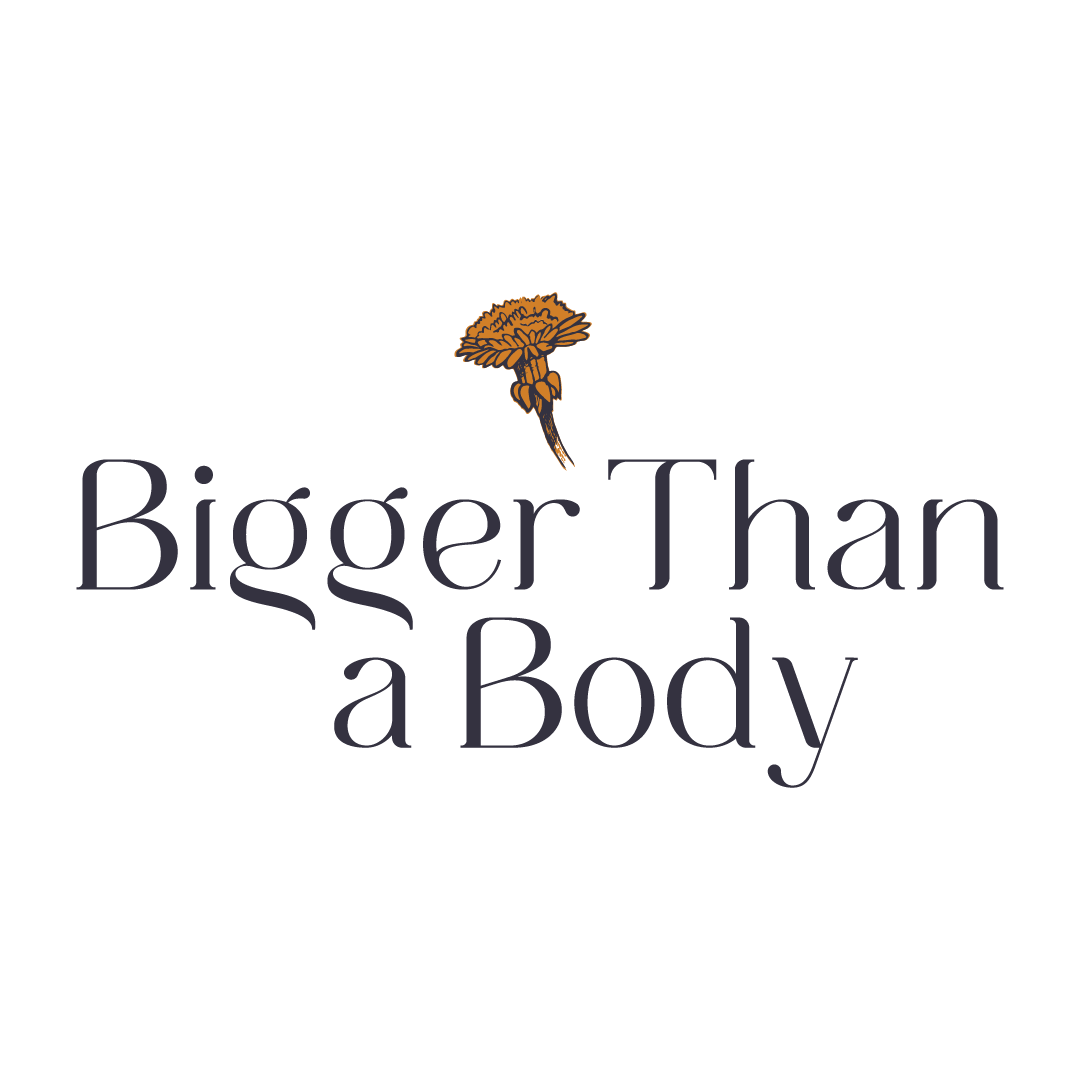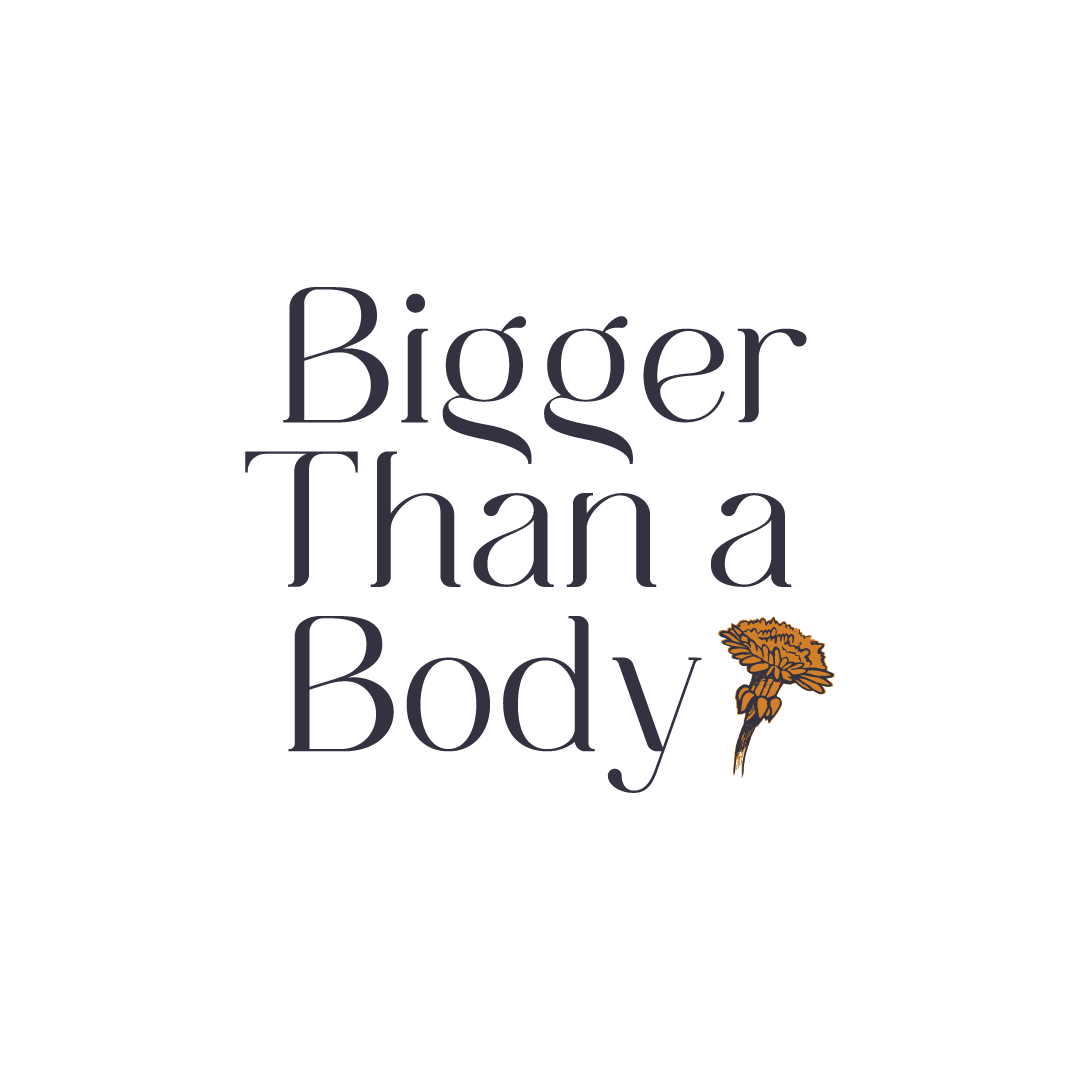How I Stopped Caring About Being the Thinnest Person in the Room
It hinged on one tangled question and one not-so-easy answer.
I spent nearly 15 years of my life caring more about being thin than I did about my intelligence, my interests, my success, my spirituality, and (clearing my throat as I type this last one), my family and friends.
Without being “Skinny Mikaela,” who was I? Not only was I fearful to find out; I lacked the desire to do so.
My brain had been so hijacked by my eating disorder that I was convinced nothing or no one could ever possibly make me feel as good as being the thinnest person in the room.
Until one day, by the grace of one question and one painfully honest answer, I opened my mind to the possibility that maybe—just maybe—my immensely bruised and contaminated brain was completely full of shit.
And maybe—just maybe—that question might have a similar effect on you.
THE Question
Treatment for any kind of mental illness tends to come with a slew of hard questions and deep introspection. Some of the most common (and very important) ones are:
Why do you want to recover?
What happened to you that led you to this point?
Who do you hope to be someday?
These questions open the door to self-compassion for all you’ve endured in the past and all you hope to experience in the future, but they don’t always give you the jolt you need to take meaningful action.
A question that uncovers who you are—right now—on the other hand, just might have that impact. For me, that question was:
Would I rather continue living in resistance to my body and being swallowed by my eating disorder, or start being kinder to my body (even if I don’t like it right now) and see where that leads me?
To be completely honest, this question really fucked with me. There was no definitive, clear answer, but it at least forced me into having that “come-to-Jesus” moment with myself I’d long been needing (and probably avoiding).
The Come-to-Jesus Moment
The simple fact that I couldn’t, with 100 percent confidence, say I was ready and willing to start accepting my body tugged at my conscious.
Am I really this lost and shallow that I’d sacrifice my well-being—and conceivably my life—to try and look a certain way?
How does staying in this narrow and empty tunnel of self-hate and self-absorption line up with my values? What are my values?
Even if it feels uncomfortable and unnatural, what’s one tiny step I can take today to show my body kindness?
These were some of the follow-up questions to THE question that I faced. In answering them all honestly, I made some painful discoveries about myself.
I was sicker than I wanted to admit.
I knew I ticked pretty much every box under the DSM-5’s list of criteria for bulimia nervosa and body dysmorphic disorder, but I hadn’t realized how much of my mind and my soul had been robbed of me by these illnesses.
The best analogy I can give is being in an abusive relationship. You know this person is 99 percent toxic, yet you hang on because that itty-bitty one percent of good in them manages to overshadow the unrelenting cascade of tears and affliction they cast upon you.
You realize, too, that despite how miserable you are, it’s what you know. And what you know feels safer than facing what you don’t.
This is exactly the position I was in with my eating disorder. It wasn’t just about the war I’d waged on my body—it was being too afraid to declare a cease-fire, even though the option was there.
I was in disbelief at how deep into the trenches I’d fallen.
My value system was buried.
If nothing meant more to me than being the thinnest person in the room, clearly, not only was my brain hijacked, but my personal values were, too.
I grappled with the reality that who I’d become, in a sense, mirrored the people in the world I found the most deplorable.
Yes, I was sick. Yes, I was a victim.
But I was also leading a life of self-indulgence and absorption, and even I—someone with virtually no self-esteem—knew I was better than that.
I’d be devoid of any real meaning and purpose in life.
Spending nearly every waking minute thinking about or chasing a smaller body left little time to devote to anything else.
If I died tomorrow, my eulogy would have read something along the lines of “Mikaela had the discipline of a Buddhist monastic. We know because she once missed part of a Christmas gathering so she could go running.”
Yeah, not the way I wanted to be remembered.
The Path to Not Caring About Being “The Thin One”
Once I realized how hollow my life had become—and that I couldn’t hate myself happy—it nudged me to start doing what I needed to do to change it, even if ever so slowly.
Here’s how I gradually started to care less and less about needing to be thin to feel special and desirable.
I grieved my burdened body.
I wrote my body a letter, expressing my sorrow for all the ways I’d mistreated it over the years. Underfeeding it. Overfeeding it. Subjecting it to purging and extreme exercise. Berating it for all of its imperfections.
I let it know it’s never been my intention to hurt it—that I was just trying t survive in the way I knew how—but that I’m going to take steps to show it the care and respect it’s long-deserved.
I crowded in the good (and ousted the not-so-good).
I made a list of people I admired for qualities other than their appearance: Serena Williams, Amy Schumer, Thích Nhất Hạnh, my dear friend Jen, and my beloved recovery coach. I made sure to engage with them (or their content) on a daily basis.
I curated my social media feeds in a way that supported my aim of detaching my value from the shape and size of my body. This entailed unfollowing any accounts that triggered me and following others that inspired me. Check out some recommendations here. And don’t forget to adjust your settings to see fewer weight loss and fitness ads.
I also read books and listened to podcasts that supported my body image healing goals.
I aimed for body kindness and respect before acceptance.
Aiming for body acceptance (and god forbid body positivity) can seem like an unfathomable feat if you’ve fought a longstanding battle with negative body image. For this reason, I kept laser-focused on trying to befriend my body to start.
I religiously practiced a body functionality exercise where I wrote down all of the things my body does for me related to:
health (e.g., fighting disease, digesting food)
senses and sensations (e.g., seeing, feeling pleasure);
physical activity and movement (e.g., going for a walk, dancing);
relationships (e.g., having a meaningful conversation with a friend or playing with kids);
self-care (e.g., taking a shower, preparing a meal);
creativity (e.g., playing music, painting)
Similarly, I kept a daily journal of 1–3 things I liked about myself—appearance and non-appearance related. I wanted to teach myself that I was more than a body but also that the body I had was brimming with its own unique beauty.
I recognized the prejudice and coercion of Western beauty ideals.
While resentment almost never bodes well, one space I gave myself permission to direct my anger was at diet culture and Western society’s grotesque thin ideals.
I, like millions of others, had been duped, victimized, and objectified by unattainable beauty standards and the domineering, prejudiced entities that contrived them. Their omnipresent message that thinness is the supreme body type—especially for women—has contributed to so much unnecessary suffering in the world.
Rather than continue to buy into these oppressive ideals, I felt a moral responsibility to start acting against them.
I reached into my inner soul self.
To weaken the association between my worth and my weight, I had to learn to connect to my Soul Self—the part of me that exists not to look a certain way but, simply, to be.
To channel my Soul Self, I took time each day to pay attention to the world around me.
I observed what types of wildlife and plant life resided in my neighborhood.
I gazed at the stars, the sunset, and the sunrise.
I marveled over decades-old trees and the many storms they’ve weathered.
I dusted off my camera and started taking photos only for my eyes to see.
I meditated daily to get out of my head and into my core essence.
It was through these practices I really began to see—and believe—that life is so much more wholesome when you’re truly living it for you.
The End Result
I’d say it took me a solid year of daily, deliberate action to finally make peace with my body’s natural shape and size. This meant not only engaging in the aforementioned inner work but also ensuring I wasn’t using any eating disorder behaviors.
But I believe it all began with and hinged on that one question: Would I rather continue living in resistance to my body and being swallowed by my eating disorder, or start being kinder to my body (even if I don’t like it right now) and see where that leads me?
Today, I walk into a room full of women without observing how my body stacks up to theirs. That was the doing of my old brain. My new brain defaults to focusing on things that matter to me: the conversation, the aura and aesthetic of the space, and the memories being made.
I am more confident.
I am more present.
I am more loving toward myself and others.
And I would gain any amount of weight necessary to make sure these parts of me never get robbed again.


